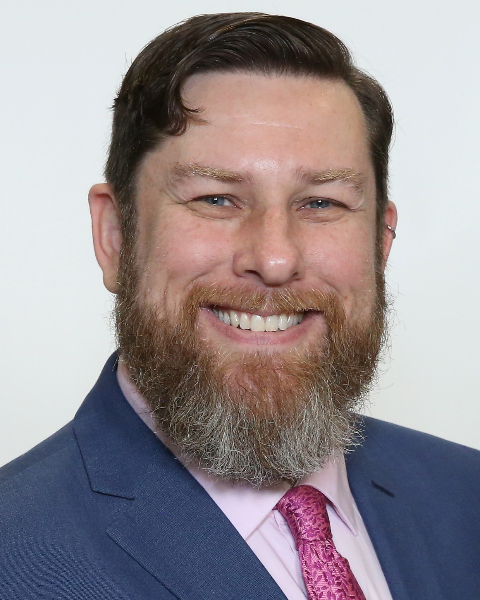2025 Urgent Care Convention
Evolving Practice
We Can Do Better: Initial Decisions for Anxiety and Depression
Sunday, May 4, 2025
1:30 PM – 2:15 PM CT
Location: Governors Lecture Hall

Benjamin Silverberg, MD, MSc, FAAFP, FCUCM
Clinical Associate Professor
Stanford University
Speaker(s)
Even in a resource-rich setting, clinicians may feel the urge to refer patients with anxiety and/or depression elsewhere, worrying about the often disproportionate amount of time needed to help these patients and also, potentially, the medico-legal ramifications of a bad outcome. We can do better. In this information-packed presentation, an example framework of how to approach health-literate, adult patients will be offered, with additional focus on special populations and follow-up care.
Learning Objectives
1. Describe the disease burden of anxiety and depressive disorders in the United States, analyzing the various factors that create barriers to care
2. Develop a structured approach to identifying and treating these
disorders in a setting conducive to continuity of care
3. Plan for appropriate follow-up care, including referral to other clinicians
Learning Objectives
1. Describe the disease burden of anxiety and depressive disorders in the United States, analyzing the various factors that create barriers to care
2. Develop a structured approach to identifying and treating these
disorders in a setting conducive to continuity of care
3. Plan for appropriate follow-up care, including referral to other clinicians

.png)